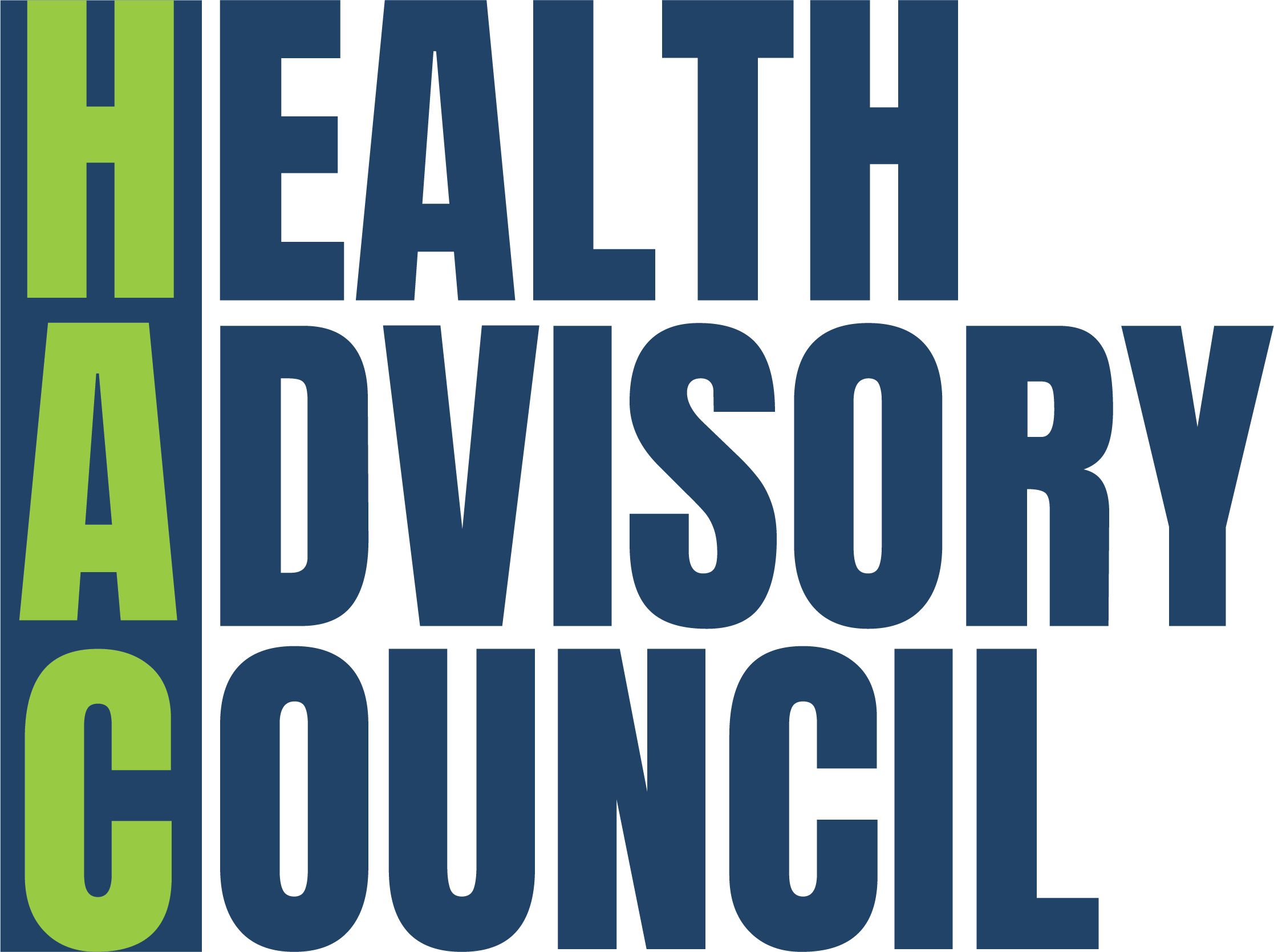Cheers and jeers for American meat industry – National Consumers League
It’s been a month of cheers and jeers for the American meat industry. The good news? According to a recent study by the American Meat Institute Foundation, meat producers have significantly reduced listerosis outbreaks, a foodborne illness, by sharing effective food safety practices and research within the industry. The bad news? Where to begin?
Earlier in the month, the United States Department of Agriculture’s (USDA) internal watchdog released a scathing report of the Food Safety Inspection Service’s (FSIS) inspection of pork slaughterhouses. The Office of the Inspector General (OIG) made three key discoveries: many slaughter plants are committing the same food safety violations again and again; more than 25 percent of the plants visited did not examine the internal organs of the carcasses after processing; and OIG witnessed widespread mishandling of animals. The companies, which routinely flouted food safety rules, did so at no consequence as Food Safety Inspection Service (FSIS) failed to use the aggressive enforcement actions – suspensions and withholding the mark of inspection – available to them. Also, plant workers have replaced FSIS inspectors on the inspection lines. They have received little guidance or training. And, as a result, many have failed to inspect the carcasses’ internal organs, thereby eliminating the possibility of detecting contamination. Finally, inspectors failed to report humane handling violations, further allowing the animal abuse.
What particularly concerns NCL is the report’s review of the pork slaughterhouse pilot program, which is remarkably similar to the poultry pilot program FSIS seeks to implement throughout the poultry industry. This is a program that NCL, along with a robust coalition of food safety and workers’ rights groups, has been fighting against. More specifically, the report describes the effects of the HAACP-based Inspection Models Project (HIMP), a pilot program that began in 1997 that increased line speeds – in other words, the speed at which the meat passes through human inspection—and reduced the number of FSIS inspectors in a handful of pork facilities.
This report raised a number of concerns with the program. First, the USDA failed to conduct a comprehensive review to gauge whether HIMP has increased food safety and plant efficiency as intended. Despite limited oversight, OIG was still able to identify major flaws with the inspection procedure. With three of the HIMP plants receiving most noncompliance reports (formal write-ups of food safety violations), the program may increase the potential for food safety risks. Even more alarming, inspectors failed to manually inspect the internal organs in which disease and contamination may lurk. Second, HIMP plants, which lack any formal agreements with FSIS, have greater flexibility than other plants. As a result, HIMP plants have faster production lines and fewer inspectors, limiting their ability to improve food safety and to comply with food safety regulations.
HIMP has also been piloted in poultry slaughterhouses, and FSIS plans to expand the program to all poultry plants. As in swine slaughterhouses, the program would increase the speed of the poultry line and replace FSIS inspectors with plant workers, who would not be required to receive any new training. Like many consumer advocacy groups, NCL is particularly concerned about this program’s extension. Workers would have a third of a second to examine the chicken, meaning contamination and defects could go undetected. It is not only a food safety issue, but also a worker safety issue. Faster line speeds mean a higher incidence of repetitive-motion injuries, such as carpal tunnel syndrome, for slaughterhouse employees. And many of these workers, who are often new, undocumented immigrants, women and non-native English speakers, may be hesitant to speak up for fear of being fired or even deported.
Given the OIG’s findings in pork slaughterhouses, you may be wondering how USDA could even consider industry-wide HIMP implementation. Here at NCL, we are too. NCL’s conviction that implementing HIMP is a bad idea has now only deepened given the overwhelming evidence.















